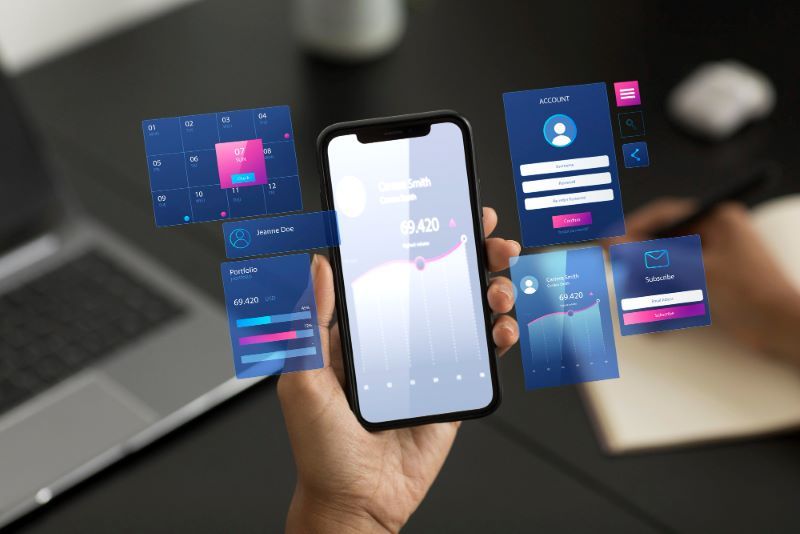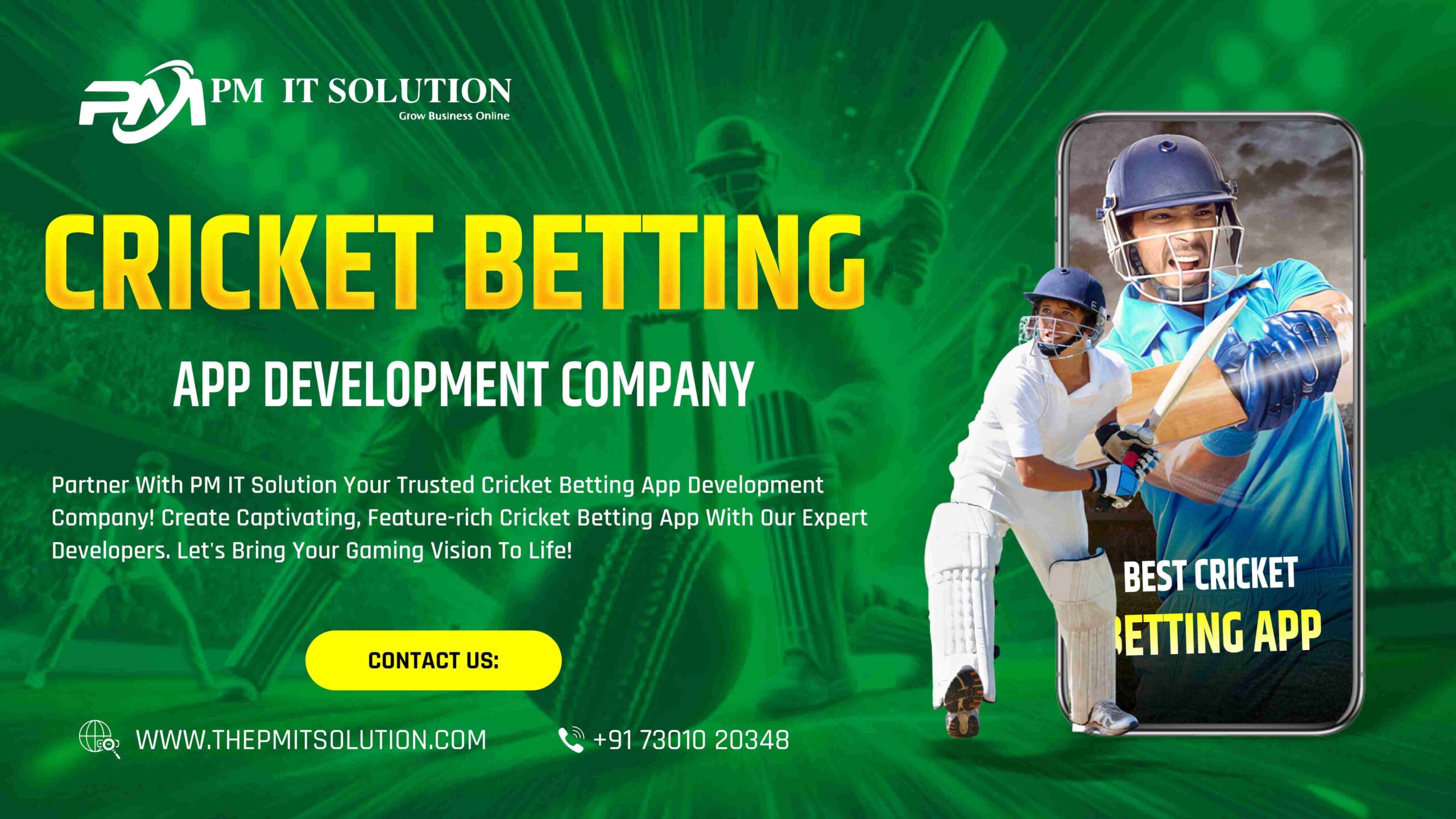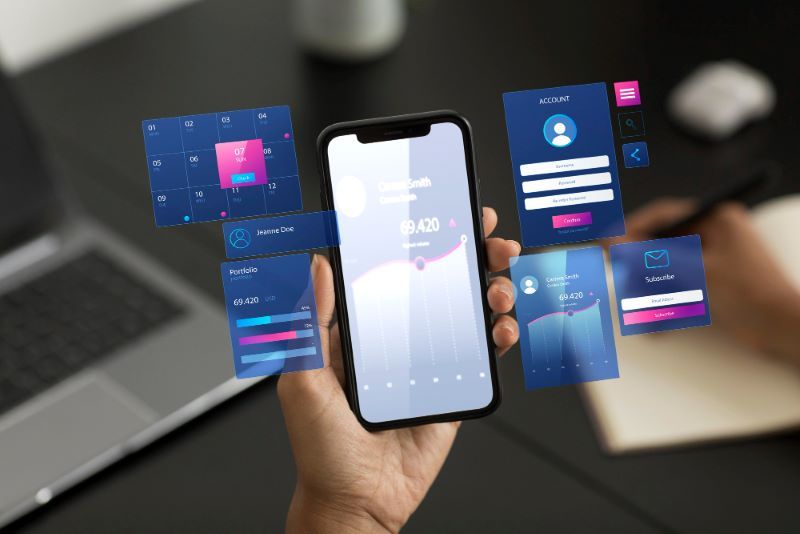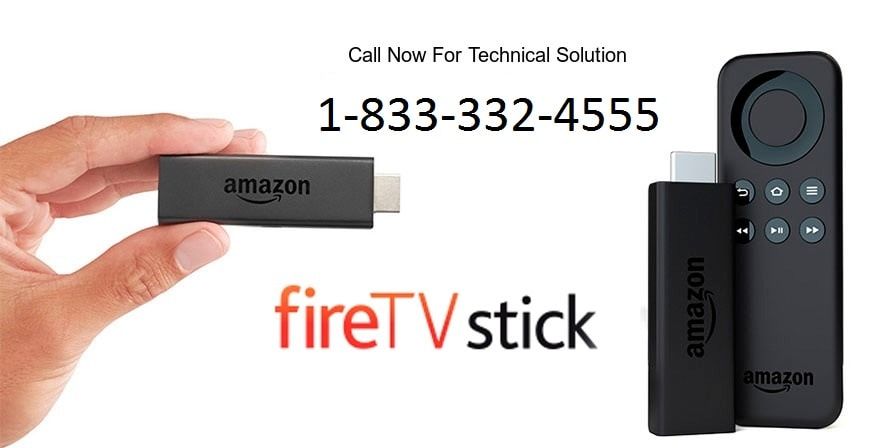The mobile app industry is booming, with millions of applications available across different platforms. If you’re an app developer or entrepreneur, you might be wondering, how do apps make money? While some apps charge users directly, others generate revenue through alternative methods. In this article, we’ll explore various monetization strategies that help apps maximize profitability.
1. In-App Advertising
One of the most popular monetization strategies is in-app advertising. Many free apps rely on this model, displaying ads to users while they engage with the application. These ads can appear as banners, interstitials, videos, or native ads.
Types of In-App Ads:
- Banner Ads: Small, non-intrusive ads placed at the top or bottom of the screen.
- Interstitial Ads: Full-screen ads appearing at natural transition points.
- Rewarded Video Ads: Users watch an ad in exchange for in-app rewards.
- Native Ads: Ads that blend seamlessly with the app’s design.
2. Subscription-Based Model
Subscription models are increasingly popular, particularly for apps offering premium content or services. Users pay a recurring fee (monthly or yearly) for access to exclusive features, ad-free experiences, or premium content.
Examples of Subscription Apps:
- Streaming Services: Netflix, Spotify, and Disney+ charge users for continuous access to their content.
- Productivity Apps: Notion and Evernote offer premium features via subscriptions.
- Health & Fitness Apps: MyFitnessPal and Headspace provide premium plans with additional features.
3. Freemium Model
The freemium model allows users to download the app for free but provides in-app purchases for advanced features. This strategy attracts a large user base while generating revenue from users willing to pay for extra benefits.
Examples of Freemium Apps:
- Gaming Apps: Candy Crush and Clash of Clans offer in-app purchases for boosters and upgrades.
- Editing Apps: Canva and Adobe Photoshop Express provide free versions with premium upgrades.
- Cloud Storage Services: Google Drive and Dropbox offer free storage with paid plans for more space.
4. In-App Purchases (IAPs)
Many apps allow users to buy virtual goods, digital content, or premium services directly within the app. This strategy is especially common in mobile games, where users can purchase character upgrades, skins, or in-game currency.
Types of In-App Purchases:
- Consumable Purchases: Items that can be used once (e.g., game currency, health packs).
- Non-Consumable Purchases: Permanent items like premium filters in a photo-editing app.
- Subscription-Based IAPs: Recurring payments for exclusive access.
5. Affiliate Marketing & Sponsorships
Affiliate marketing is another way apps generate revenue by promoting third-party products and earning commissions on sales. Some apps also secure sponsorship deals, where brands pay for product placement or exposure within the app.
Examples of Affiliate & Sponsorship Strategies:
- E-commerce Apps: Amazon Associates allows apps to earn commissions by referring customers.
- Fitness Apps: Partnering with sports brands for exclusive discounts.
- Educational Apps: Collaborating with book publishers to promote study materials.
6. Paid Apps (One-Time Purchase)
Some apps charge users a one-time fee to download and access the application. While this model ensures upfront revenue, it can limit long-term earnings compared to recurring payment models.
Examples of Paid Apps:
- Utility Apps: Nova Launcher and Tasker.
- Premium Productivity Tools: Pro versions of note-taking apps.
- Offline Navigation Apps: Apps like Sygic GPS with a one-time purchase option.
7. Crowdfunding & Donations
Some independent app developers turn to crowdfunding platforms like Kickstarter, Patreon, or GoFundMe to finance app development. Others integrate donation options, allowing dedicated users to support their favorite applications.
Examples of Crowdfunding & Donation-Based Apps:
- Open-Source Software: Apps developed through community funding.
- Niche Apps: Unique projects that attract passionate supporters.
8. Selling Data & Market Research
Some apps generate revenue by collecting and analyzing user data, which is then sold to market research firms or advertisers. While this method can be lucrative, it raises concerns regarding user privacy and data security.
Examples of Data-Driven Revenue Models:
- Social Media Apps: Facebook and Twitter use user data for targeted advertising.
- Finance & Budgeting Apps: Apps that analyze spending habits for insights.
- Health & Fitness Apps: Anonymous data sharing for medical research.
9. Licensing & White Labeling
Some app developers create software solutions that can be licensed or white-labeled by other companies. This model allows businesses to purchase an existing app and rebrand it for their own use.
Examples of Licensing & White-Label Apps:
- AI & Chatbot Apps: Businesses integrating third-party chatbot solutions.
- E-commerce Platforms: Companies using pre-built online store templates.
Conclusion
With numerous monetization strategies available, developers and businesses can mix and match methods to maximize revenue. Whether through ads, subscriptions, in-app purchases, or licensing, understanding the right approach depends on the app’s target audience and business goals. By leveraging these models effectively, developers can ensure long-term success and sustainability in the competitive app market.
For more interesting blogs click here.













Leave a Reply